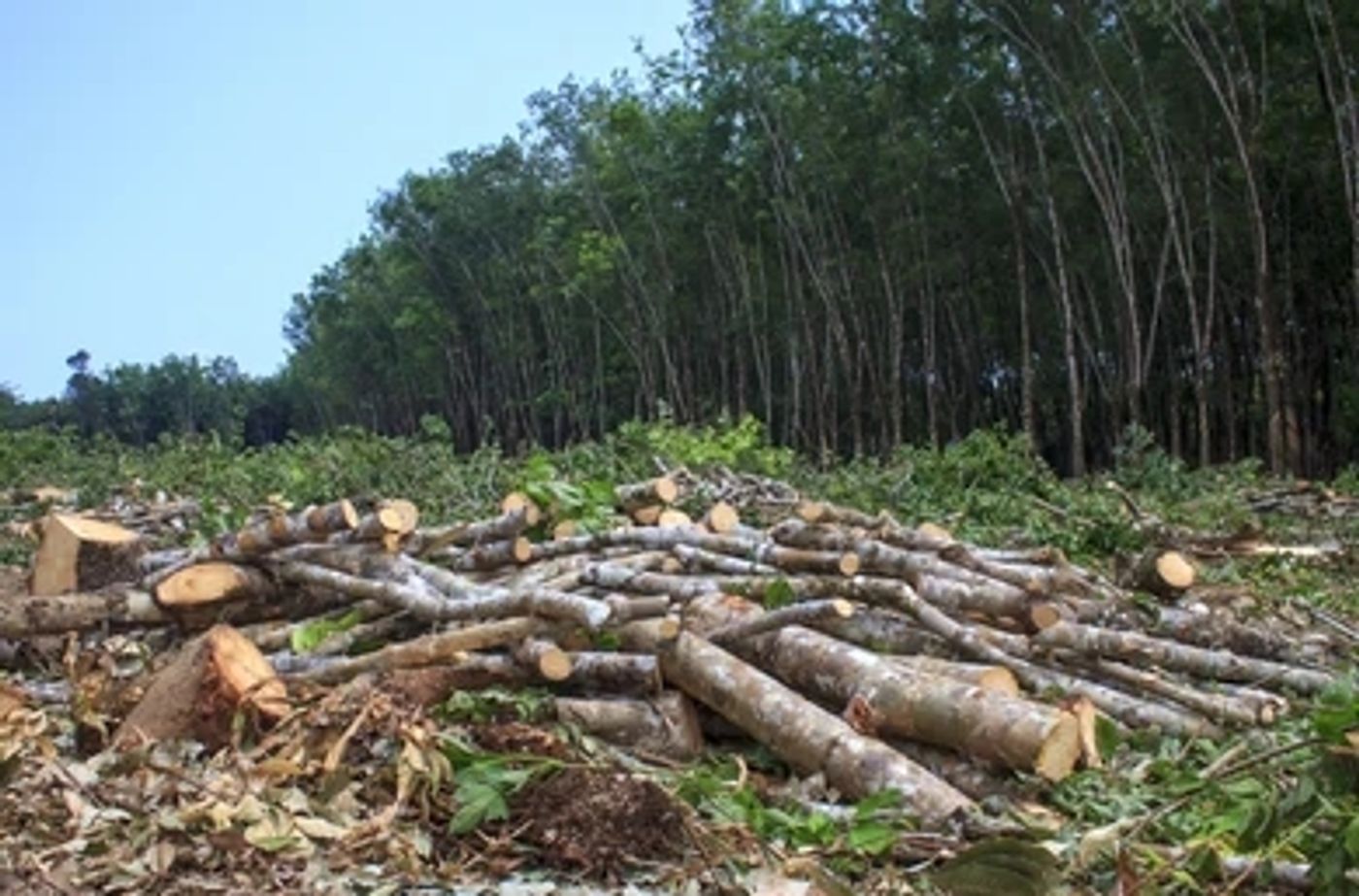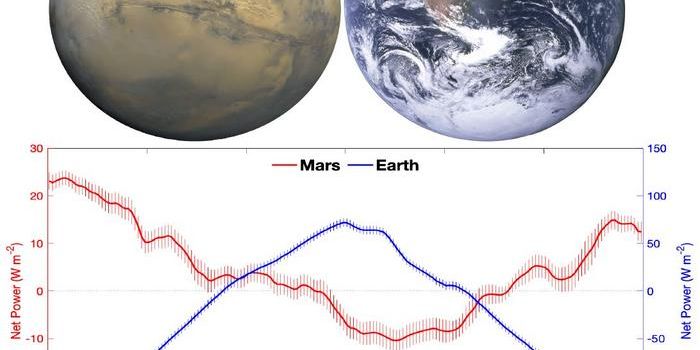Future emissions dependent on how we choose to end deforestation
We often associate deforestation with paper production, as someone might ask, “How many trees did you cut down to write that?” However, deforestation goes well beyond both paper and wood production, as they only account for approximately 10% of total deforestation. The remaining 90% of deforestation comes from cattle ranchers, soybean farmers, and palm oil plantations.
Approximately 31% of the Earth’s surface is covered by forests, or approximately 4.06 billion hectares, with 1 hectare equaling 100 ares or 2.471 acres (10,000 square meters). Of that 31% only 18% are on land protected from deforestation, over 420 million hectares of forest have been lost since 1990, and approximately 2,400 trees are cut down each minute. With these alarming statistics, scientists are trying to figure out how to curb, and possibly end, deforestation.
At the most recent annual UN climate change conference -- COP26 -- which took place in Glasgow in early November 2021, 141 countries including Brazil, Canada, China, the Democratic Republic of the Congo, Indonesia, Russia, the UK, and the US, signed a pledge to end deforestation across the globe by 2030. The Glasgow Leaders' Declaration on Forests and Land Use is one of several agreements designed to keep the Paris Agreement's objectives within reach and inextricably ties protecting the world's forests to the fight against climate change. The declaration has since been hailed by some as one of the most significant forest and land use pledges made during COP26.
In a recent opinion piece published in the Proceedings of the National Academy of Sciences, IIASA researcher Thomas Gasser and his colleagues, Philippe Ciais from the IPSL Sciences Laboratory of Climate and the Environment in France, and Simon Lewis from the University of Leeds and University College London in the UK, point out that one crucial detail seems to have been omitted from the pledge: Will the deforestation it aims to halt be gross or net?
Gross and net deforestation differ, the researchers explain, because in most countries, deforestation and reforestation are processes that are continuously happening at the same time.
"The distinction matters, because differing interpretations of how countries can "end deforestation" significantly impact future carbon dioxide emissions. Put simply, ending gross deforestation would be a major step forward for the climate. But considering only net deforestation could be anecdotal, and even be detrimental to biodiversity," they write.
With that said, the researchers note that it is important to understand that stopping deforestation in 2030 does not mean having zero CO2 emissions in 2030, due to the complex dynamics of the carbon cycle.
To demonstrate the importance of the distinction between gross and net forest area loss, the researchers developed three scenarios that fulfil the commitment to halt forest area loss by 2030.
In these scenarios, the team illustrated a world where gross or net deforestation in signatory countries comes to a halt by 2030. The first scenario models a situation in which gross deforestation in signatory countries is ended by 2030, while the second explores a world where gross deforestation in signatory countries is reduced, but only to the extent where it matches their business-as-usual gross reforestation levels. In the final scenario, the signatory countries continue with business-as-usual deforestation, but simultaneously increase their forest area by developing new plantations to balance their gross losses.
While all three of these scenarios appear to comply with the declaration, the authors note that they produce very different net carbon gains, showing that the level of emissions reductions (if any) depends on whether gross or net deforestation is reduced to zero. The first scenario sequesters a significant amount of CO2 by 2050, whereas the second one only does half as much, and the last scenario produces no significant carbon sequestration.
"The most important takeaway of our modeling exercise is that the Glasgow Leaders' Declaration on Forests and Land Use is too ambiguous. We must therefore monitor the signatory countries' actions to see whether it will actually deliver on its promises or be just another set of empty promises like the 2014 New York Declaration on Forests that no one remembers," Gasser concludes.
As always, keep doing science & keep looking up!
Sources: Toner Buzz, Proceedings of the National Academy of Sciences









